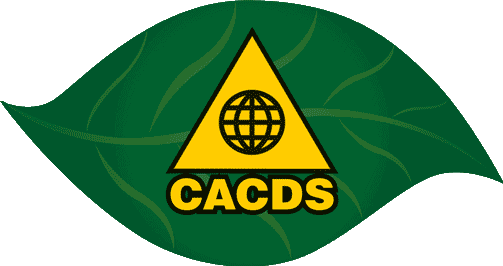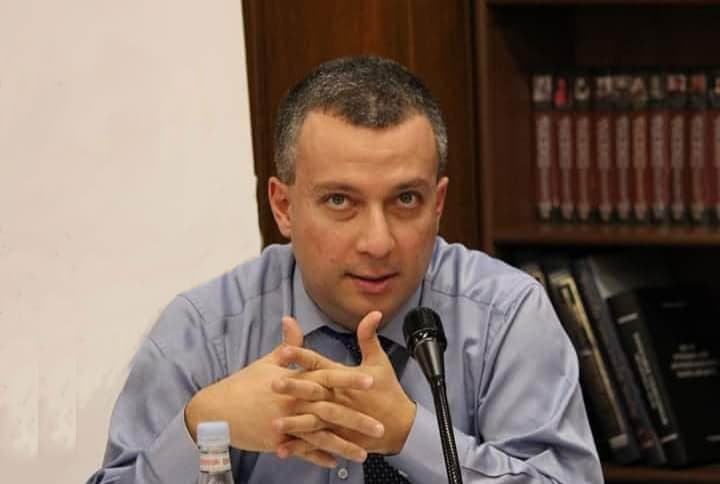The new war against the unrecognized Nagorno Karabakh Republic launched by Azerbaijan on September 27, 2020, has intensified discussions among the experts on the role of the external actors in the region. Significant attention was focused on the newly gained influence of Turkey as a supporter of Azerbaijan. However, as for now, the key player in the Karabakh conflict remains Russia, and most probably, this balance will not be changed at least in the short term perspective.
Since the collapse of the Soviet Union, Russia has viewed South Caucasus as a part of its sphere of “legitimate interests”. Due to both historical and geopolitical reasons, Armenia has been under Russian influence since the early 1990s while the 2008 Russia – Georgia war put an end to any perspectives of Russia – Georgia rapprochement in the foreseeable future. Thus, in the last decade, the focal point for Kremlin in the region was Azerbaijan where Russian main competitor was Turkey.
Russia was keen to strengthen its positions there and to prevent the growth of Turkish influence, and the Karabakh conflict was one of the main tools for Russia to influence Azerbaijan. However, it should be noted that the widespread perceptions in the Western expert community that Russia was the main obstacle towards the possible settlement of the Karabakh conflict as the Kremlin used the conflict to have leverage on both Armenia and Azerbaijan are far away from reality. The fact is that all sides of the conflict have diametrically opposite views on history, reasons, and possible ways of settlement and they haven’t been able to find a mutually accepted solution since the early 1990s. Given that reality, Russia was not hindering the solution, as there was no solution, but simply was using the conflict in line with its national interests.
In recent years Russian efforts towards the settlement of the Karabakh conflict were concentrated on pushing forward the so-called “Lavrov plan”. It envisaged the return of five regions to Azerbaijan, deployment of Russian peacekeepers along the new line of contact with firm guarantees for Armenians security, the return of the remaining two regions to Azerbaijan later in the future, and the continuation of negotiations to fix the final status of Nagorno Karabakh. The Lavrov plan was in line with the so-called “Basic principles” elaborated by the three Co-chairs of the Minsk Group – Russia, the US, and France in the late 2000s. The only significant difference was the issue of the referendum, as Basic principles envisaged the legally binding expression of will/referendum for the determination of Karabakh’s final status.
The key motives behind Lavrov’s plan are Russia’s strategic interests to establish a de facto military base in Azerbaijan through the deployment of Russian peacekeepers thus augmenting its influence over Baku for years if not decades. Meanwhile, Russia would continue to have strong leverage over Armenia. The new line of contact would make the defense of Karabakh almost impossible thus deepening the dependence of Armenia and Karabakh on Russia.
However, Lavrov plan was rejected both by Azerbaijan and by Armenia. Armenian former President Serzh Sargsyan rejected it in October 2016 and Prime Minister Nikol Pashinyan rejected the Lavrov plan in April 2020. For its turn, Azerbaijan was against any solution, which may even theoretically result in Nagorno Karabakh’s independence. Meanwhile, there was growing frustration in Azerbaijan regarding the lack of progress during negotiations. Society was demanding to start the war and these trends were shown again during July 12-16, 2020 escalation along with Armenia – Azerbaijan international border, when demonstrators in Baku broke into the Parliament building chanting war slogans.
Simultaneously, Azerbaijan – Turkey military contacts have been significantly accelerated after July 2020 escalation and included large scale military drills and reciprocal visits of high-level military officials. Kremlin was aware that if Azerbaijan starts a war with Turkey’s support it will result in significant growth of Turkey’s influence over Azerbaijan. However, Russia had few if any options to stop the coming war. Azerbaijan was rejecting the idea of the Nagorno Karabakh independence, while Armenia was rejecting to return any territories to Azerbaijan without fixing the status of Karabakh. The post-election crisis in Belarus and the poisoning of Mr. Navalni have created additional problems for Russia and prevented him from focusing his entire focus on Armenia and Azerbaijan.
The start of the new Karabakh war has put tough dilemmas for Russia. Given full support of Ankara to Azerbaijan which includes the deployment of six F-16 military jets, modern Bayraktar drones with Turkish operators, military advisors, and mercenaries from Syria, each day of the war makes Turkey more influential in Baku. This runs against core Russian interests in the region as Russia’s key goal in the South Caucasus was to pull Azerbaijan closer to Moscow and the new Karabakh war may ruin Russian plans.
Russia also can not afford the complete defeat of Nagorno Karabakh. Although Russian security guarantees cover only the internationally recognized territory of Armenia, the Azerbaijani victory will send a clear signal to all that Russia’s posture in the South Caucasus has been significantly weakened, and that Turkey is the key player in the region now.
Meanwhile, if Russia decides to make a direct military intervention to prevent the defeat of Nagorno Karabakh, he will immediately turn Azerbaijan into another Georgia and also will risk facing a direct military clash with Turkey. Azerbaijani President Aliyev has already stated that Turkish F-16s will be used only if third countries intervene in the war. Russia – Turkish direct collision in Karabakh may create another low-intensity conflict in Russia’s neighborhood alongside with Donbas. Russia may have doubts, that despite the tensions in the US-Turkey relations, Washington may tacitly support the growing Turkish role in the South Caucasus, seeking to trigger overt Russia – Turkey clash and use it in its overall Russia containment strategy.
Thus, not surprisingly, Russia has put significant efforts to cease the hostilities, establish a ceasefire and enforce the Lavrov plan. After the direct intervention of Russian President Putin Armenian and Azerbaijani foreign ministers left for Moscow and as a result of 11 hours of trilateral Armenia – Azerbaijan – Russia negotiations joint statement was signed on the early morning of October 10 on a ceasefire and the re-launch of negotiations based on the “Basic principles”. However, almost immediately agreement was violated by Azerbaijan and hostilities continued. Another attempt to revitalize the October 10 ceasefire was made by France on October 17 and by the US on October 25 but without any tangible results. Meanwhile, as a result of advances of the Azerbaijani army along the Araks River hostilities reached Armenia’s border on October 27 and according to the Armenian Ministry of Defense territory of Armenia was shelled.
Russian President Putin reiterated the Russian position on Nagorno Karabakh on October 29. Seven regions around the former Nagorno Karabakh Autonomous Region should be returned to Azerbaijan, while special arrangements should be made to provide security for Armenians in Nagorno Karabakh. Meanwhile, Armenian Prime Minister Pashinyan in his interview with several European media outlets on October 28 stated that Armenia was ready to deploy Russian peacekeepers in Karabakh but it needed the approval of all sides. Apparently, as of now Azerbaijan is not willing to discuss this option and hopes to continue its military successes without the involvement of any Russian peacekeepers.
On October 31, Pashinyan sent a letter to Russian President Putin asking to start bilateral consultations on the scope and ways of assistance which Russia may provide to Armenia based on the Armenia – Russia treaty on friendship and mutual assistance signed in 1997. On the same day, the Russian Ministry of Foreign Affairs made a statement that Russia will provide Armenia all necessary support if hostilities take place within Armenia’s internationally recognized borders.
On November 1 President Putin had a phone conversation with Prime Minister Pashinyan and on November 2 with President Aliyev discussing the possible ways of the Karabakh conflict settlement.
What are the options available for Russia in the current situation? As we already have mentioned direct military involvement of Russia through some kind of antiterrorist operation either using air force or paratroopers to attack targets in Azerbaijan is the last option, or Kremlin will do everything possible to eschew this scenario. Meanwhile, Kremlin will not allow the defeat of Karabakh forces and will seek to put pressure on Azerbaijan to force Baku to accept the deployment of Russian peacekeepers in the zone of conflict.
Most probably, to force Azerbaijan to accept the Russian offer Kremlin will increase arms supplies to Armenia including modern anti-drone systems. Russia may put economic pressure on Azerbaijan and may hurt Turkey in other frontlines, especially in Idlib, where Russia bombed pro-Turkish militants’ camp on October 26. If Azerbaijan refuses to accept the Russian offer of the deployment of peacekeepers there are chances that war in Karabakh may linger on and resemble Russia – Turkey proxy war.
Dr. Benyamin Poghosyan, Chairman, Center for Political and Economic Strategic Studies





